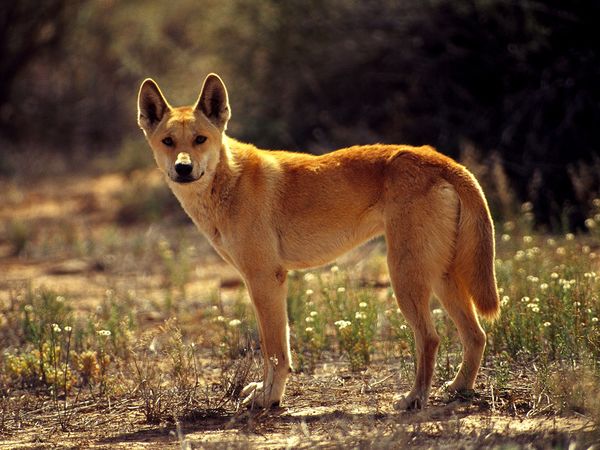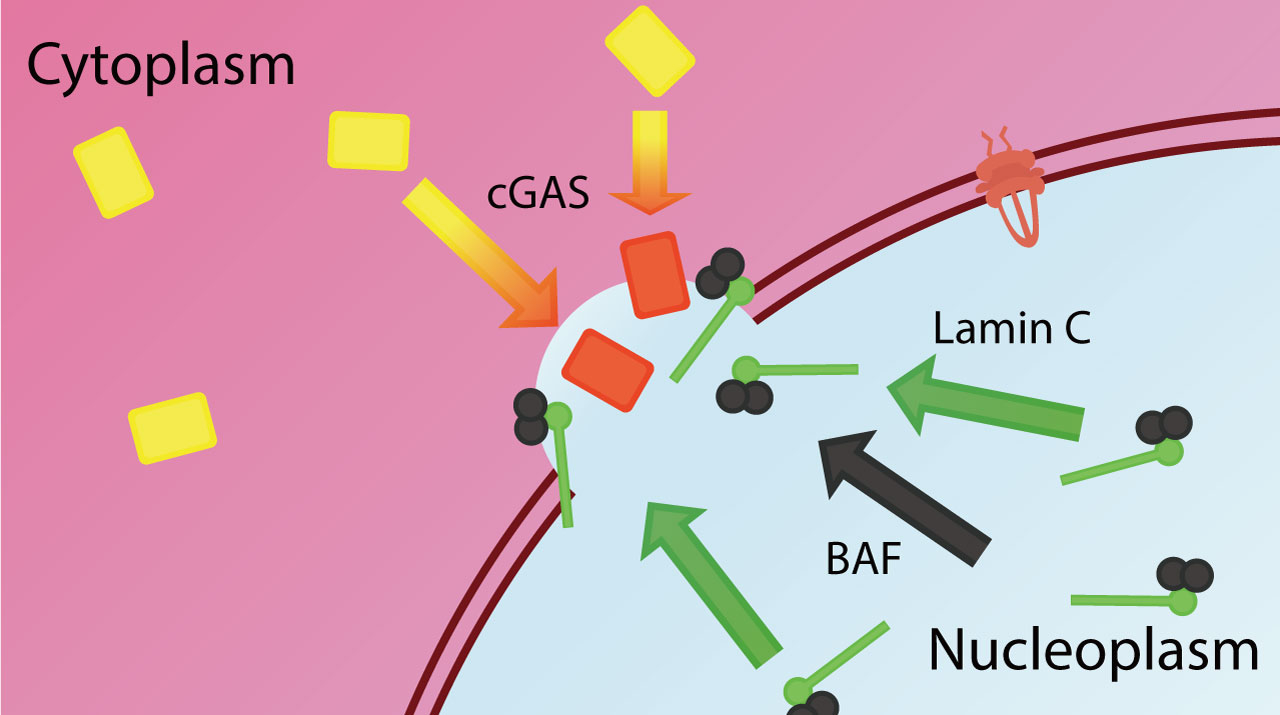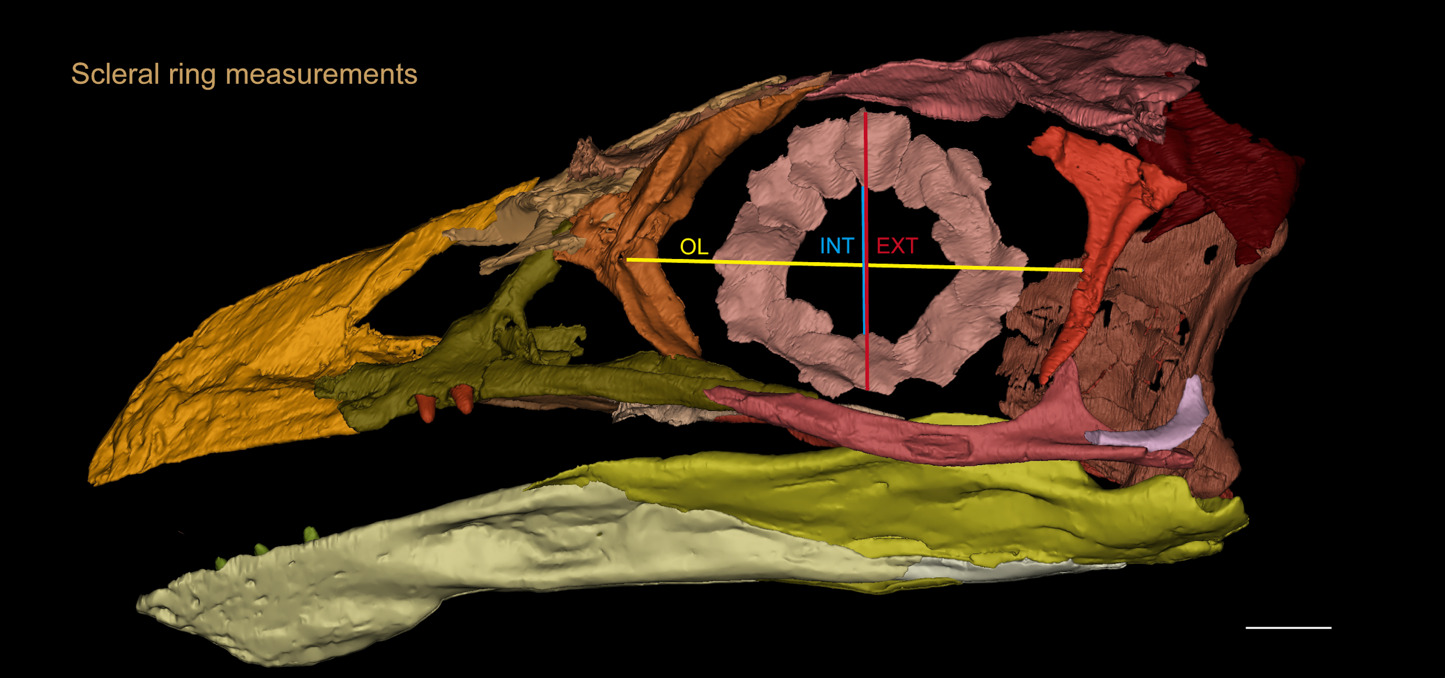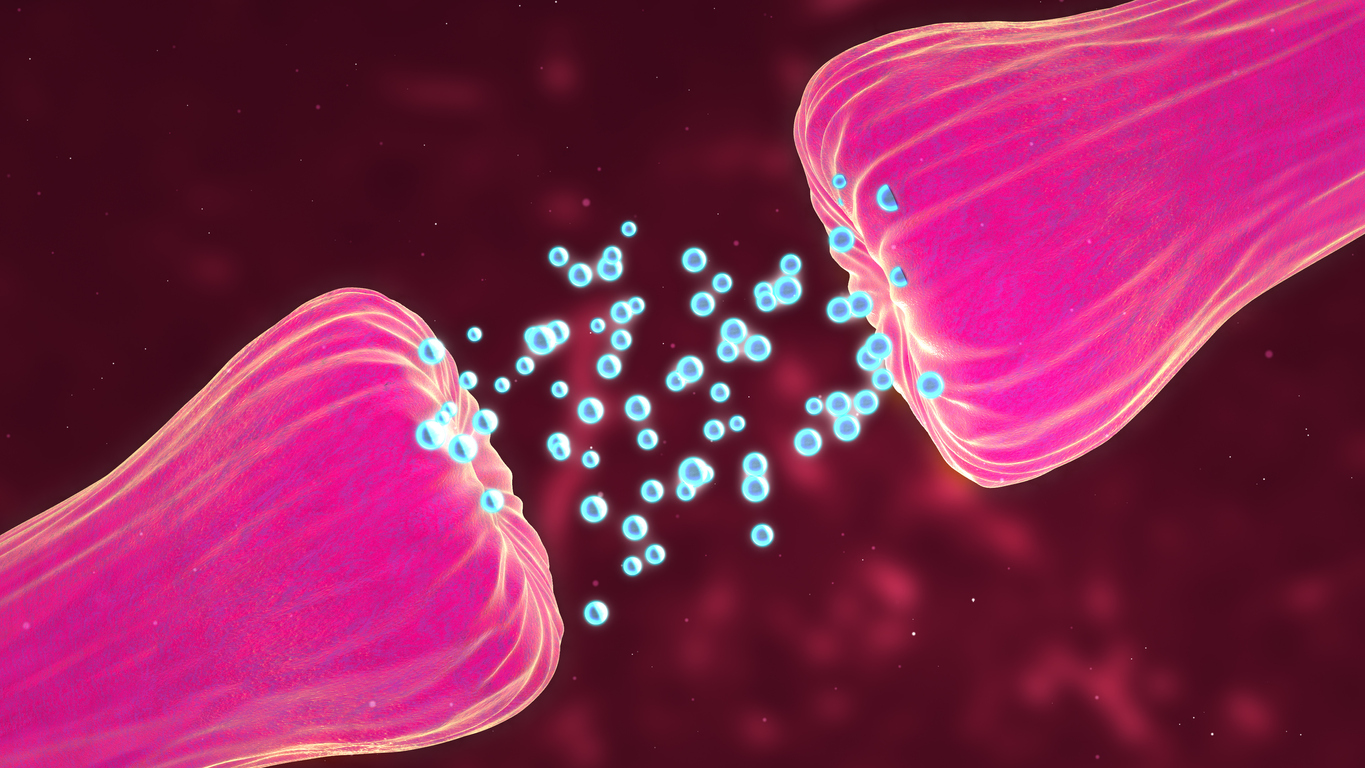Many people are aware that grey wolves are the ancestors of modern canines. On the other hand, did you know that the bulk of the more than 340 dog breeds that exist today have only been around for 200 years?
Dogs were first domesticated between 29,000 and 14,000 years ago, and they have remained inextricably linked to humans ever since. Dingoes, Australia’s only native dog, are regarded to be a once-in-a-generation occurrence in canine evolution, having arrived between 5,000 and 8,000 years ago in the country.
However, the precise position of dingoes in the canine evolutionary tree is still a point of contention. Scientists have employed cutting-edge DNA sequencing technologies to pinpoint where dingoes diverged from grey wolves along their evolutionary path, and discovered that they are fundamentally different from domestic canines.
Dingoes are potentially an early offshoot of modern dogs that evolved between the grey wolf and today’s tamed canines – finds a new study by 25 experts from four different countries. In the near future, this discovery could have a considerable impact on the health of all modern breed dogs.
Human History and Dogs
Through the study of dogs, we can learn how humans have influenced the physical and behavioural characteristics of dogs, as well as detect changes in their DNA.
For example, dogs just acquired the capacity to raise their eyebrows, which was most likely created to aid in communication with humans. As a result, puppy dog eyes appear to have been “made” solely for human vision.
On the other hand, some examples are less visible and can only be discovered by digging deeper into the genomes of dogs.
Dogs, for example, require a specific gene (amylase 2B) to digest starch, according to previous scientific studies. A considerable number of dog breeds have several copies of this gene (sometimes more than ten copies). The wolf and dingo, on the other hand, each have only one copy of this gene.
This duplication in modern dogs is most likely due to the fact that, as their diets evolved, the earliest domesticated dogs were progressively fed with starchy foods such as rice (cultivated through early widespread agriculture).
It’s worth noting that the same gene duplication occurred independently in other newly domesticated livestock species, demonstrating how people can change domesticated animals’ genomes.
Thousands of years ago, there was a single canine ancestor – the dingo.
Dingoes are rare in that they have spent thousands of years away from wolves and domesticated dogs geographically. Our research used DNA to determine the dingo’s exact location in the canine evolutionary tree, as well as its ecological significance in Australia.
To begin with, researchers only had access to one canine genome for comparison in 2017 (a boxer breed). It had some gaps as a result of the technological constraints of the time.
Almost simultaneously, a dingo won first place in Pacific Biosciences’ “World’s Most Interesting Genome” competition the following year. This prompted the scientists to investigate whether a high-quality dingo genome could be created from scratch.
However, in order to completely comprehend the dingo’s role in canine history, a significant number of high-quality dog genomes were required. To do so, they first sequenced the genome of a representative German shepherd breed, then sequenced the genome of a basenji (the earliest dog breed used for hunting in the Congo).
Sandy, a pure desert dingo puppy who had been abandoned in the Australian outback, had finally had his genome sequenced (pictured at the top of this article).
They were able to determine conclusively where the dingo fits into the evolutionary history of the canine family by comparing the genomes of our new canines to those of the Greenland wolf and other representative species such as the Great Dane, boxer, and Labrador.
Dingoes were discovered to exist between the wolf and today’s domesticated canines, according to the study. They are the true ancestors of all modern dog breeds.

Future dingo discoveries.
This work shows how a variety of demographic and environmental factors have impacted the dingo genome at the same time. While it can’t be said for sure whether the dingo was ever domesticated, historical records indicate that it was unlikely to be domesticated when it arrived in Australia.
Other dingo genomes will be studied in the future to see if the dingo was ever domesticated, as well as the degree and influence of pure dingo crossbreeding with domestic canines. Despite the fact that many hybrid dingoes look the same, substantial crossbreeding has occurred, particularly in New South Wales and Victoria.
This is essential information to have on hand. It’s likely that a greater understanding of the effects of dingo crossbreeding with dogs may help future conservation efforts by shedding light on the dingo’s ecological worth.
Furthermore, understanding dingo evolution allows us to better understand how and when domestic dogs coevolved with humans, as well as find and target fresh approaches to improve their health and vitality.
There are several applications in veterinary medicine.
People have been selectively breeding dogs for desirable qualities and behaviours for hundreds of years via artificial selection.
As a result of the breeding process, contemporary purebred lineages have emerged, but the process has also resulted in the emergence of a number of breed-specific diseases. Labradors and German shepherds, for example, are predisposed to hip dysplasia (inadequate joint fitting that causes substantial mobility limitations over time), golden retrievers to certain malignancies, and jack terriers to blindness. Other breeds are also susceptible to specific ailments.
By serving as a disease-free reference population, high-quality dingo and wolf genomes could contribute in the identification of the pathogen responsible for these disorders. It’s feasible that new, individualised treatment options for breed dogs will be developed as a result of these discoveries.
Story Source: Original story written by Matt A. Field & J. William O. Ballard at The Conversation. Note: Content may be edited for style and length by Scible News.
References
Field, M. A., Yadav, S., Dudchenko, O., Esvaran, M., Rosen, B. D., Skvortsova, K., Edwards, R. J., Keilwagen, J., Cochran, B. J., Manandhar, B., Bustamante, S., Rasmussen, J. A., Melvin, R. G., Chernoff, B., Omer, A., Colaric, Z., Chan, E., Minoche, A. E., Smith, T., Gilbert, M., … Ballard, J. (2022). The Australian dingo is an early offshoot of modern breed dogs. Science advances, 8(16), eabm5944. https://doi.org/10.1126/sciadv.abm5944








